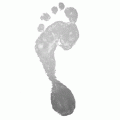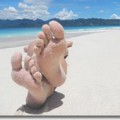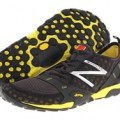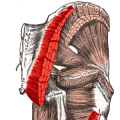Impact forces generated while running are thought to be a leading cause of overuse injuries among runners. So to reduce injuries, it is therefore desirable to reduce impact forces.
Yet, as I discussed in length in my previous article, “Rethink Traditional Assumptions When Choosing Running Shoes,” the traditional way this issue has been approached by the running shoe industry is to construct shoes with excess cushioning in an elevated heel with the assumption that more cushioning would lead to less impact forces.
We all know what happens when we assume things. Here is how this traditional assumption stacks up against empirical research.
Assumption: Impact forces can be reduced with more cushioning in running shoes.
Evidence: “The common assumption that the hardness of the midsole can be used to reduce external impact forces (‘cushioning’) is not correct” (Nigg et al. 1987, p. 957).
In fact, rather than attenuating impact forces, excess cushioning in running shoes can even have the opposite effect. The more cushioning, the harder the foot tends to land.
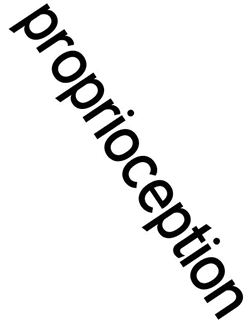
In addition, excess cushioning in an elevated heel inhibits the foot’s proprioception. Less proprioception means less joint stability and a reduced ability for the foot to actively attenuate the impact forces.
No matter how much cushioning is placed in the shoe, it cannot make up for the work required of the foot. Ultimately, a strong foot with good neuromuscular control does a much better job of dealing with impact forces while running than excess cushioning packed in an elevated heel.
To gain joint stability and a more effective running gait, work to develop proprioception in your feet (e.g. with balance drills on firm surfaces or on a rocker board) and gradually move toward shoes that minimize the amount of material underneath.
For more guidelines on choosing running shoes, see the “Running Shoe Buying Guide.” To learn more about the science behind proper running footwear, read “Rethink Traditional Assumptions When Choosing Running Shoes.”
Reference
Nigg, B.M., H. A. Bahlsen, S. M. Luethi, and S. Stokes. 1987. “The Influence of Running Velocity and Midsole Hardness on External Impact Forces in Heel-Toe Running.” Journal of Biomechanics 20(10): 951-959.

